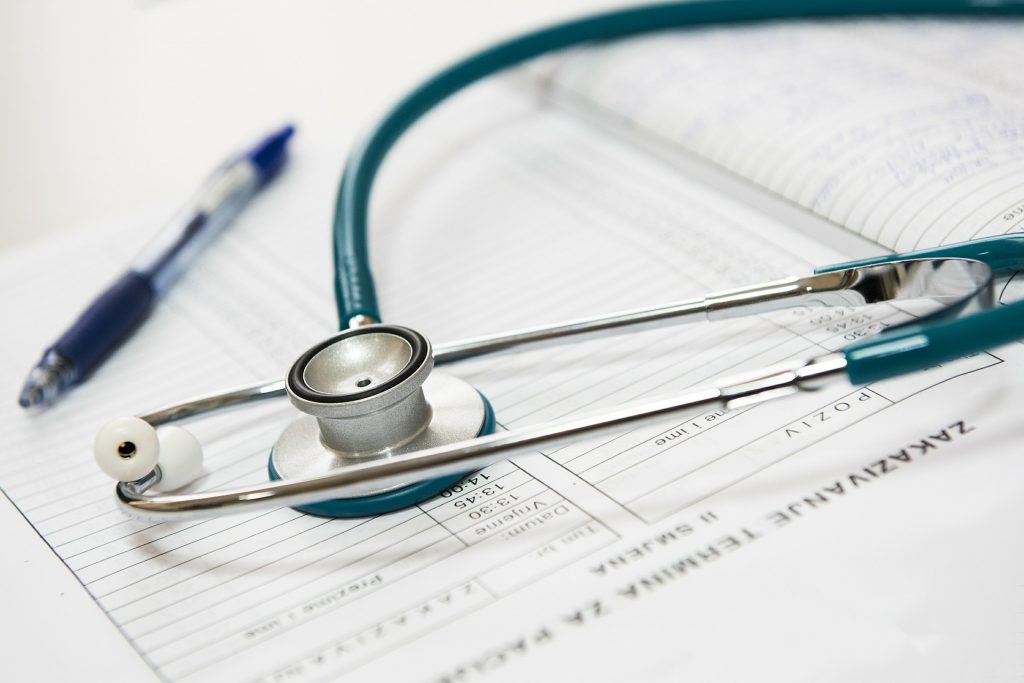 As the public hospital in Cleveland, and one of the city’s oldest institutions, MetroHealth has spent the past 180 years, turning around the lives of patients other people didn’t want to be bothered with.
As the public hospital in Cleveland, and one of the city’s oldest institutions, MetroHealth has spent the past 180 years, turning around the lives of patients other people didn’t want to be bothered with.
One of our favorite turnarounds isn’t about a patient at all, it’s about Endia Reynolds, a junior at the high school inside our hospital. Endia is the youngest of eight. One of her sisters is a nursing assistant. Her brother owns a towing company. The rest of her siblings are just getting by.
Truth be told, Endia was just getting by, too. She didn’t like school, didn’t want to be there, didn’t care about her grades. Then, back in February, she spent half a day in our Life Flight communications office. And she fell in love.
It wasn’t the excitement of watching a helicopter land at the scene of a car crash. Or the adrenaline rush of doctors and nurses bandaging wounds and starting IVs inside the helicopter to save their lives. Or the Life Flight crew racing down a hallway as they rushed three gurneys, with the mother, father and their sobbing little girl, into our trauma center.
It was the teamwork.
“Everybody’s on their devices these days,” the 16-year-old told us. “You don’t see people working together anymore.”
After that day, Endia couldn’t wait to come to school, asking her assistant principal every day “When can I go back to Life Flight?”
She started studying harder, getting better grades, telling her brothers and sisters she was going to make their wish come true. She was going to be the first in their family to go to college. She was going to become a Life Flight nurse.
There are people who think a health care organization has no business opening a high school inside its hospital. There are others who think we have no business hiring employees with developmental disabilities, no business working to turn abandoned old buildings in our neighborhood into beautiful apartments, no business holding the city’s only transgender job fair, no business teaching healthy Spanish cooking to our Latino neighbors or spending money to improve the bus route along our hospital campus.
But our mission is to create a healthier community. And that means doing more than splinting broken bones and radiating tumors.
If you want a healthier community, you don’t just treat illness. You prevent it. And you don’t prevent it by telling people to quit smoking, eat right and exercise. You help them find jobs and places to live and engaging schools so they can pass all that good on, so they can build solid futures and healthy neighborhoods and communities filled with hope.
I’m not telling you about our programs to brag. It’s just the opposite. I’m telling you about them because we need to do more. We all need to do more.
Each of us has a social responsibility to bring people together from a variety of disciplines with the goal of developing solutions that work for everyone, that better our world no matter what line of work we’re in.
In Cleveland, we have hundreds of examples of these alliances from the Collaborative to End Human Trafficking; to a community-wide initiative to prevent infant deaths; to the Greater Cleveland Food Bank’s partnerships with more than 100 schools, churches, libraries and other organizations to make sure children have a healthy lunch in the summer.
Those programs do so much more than save people from hunger and trafficking and death.
Continue reading in Meeting of the Minds
Written by Dr. Akram Boutros